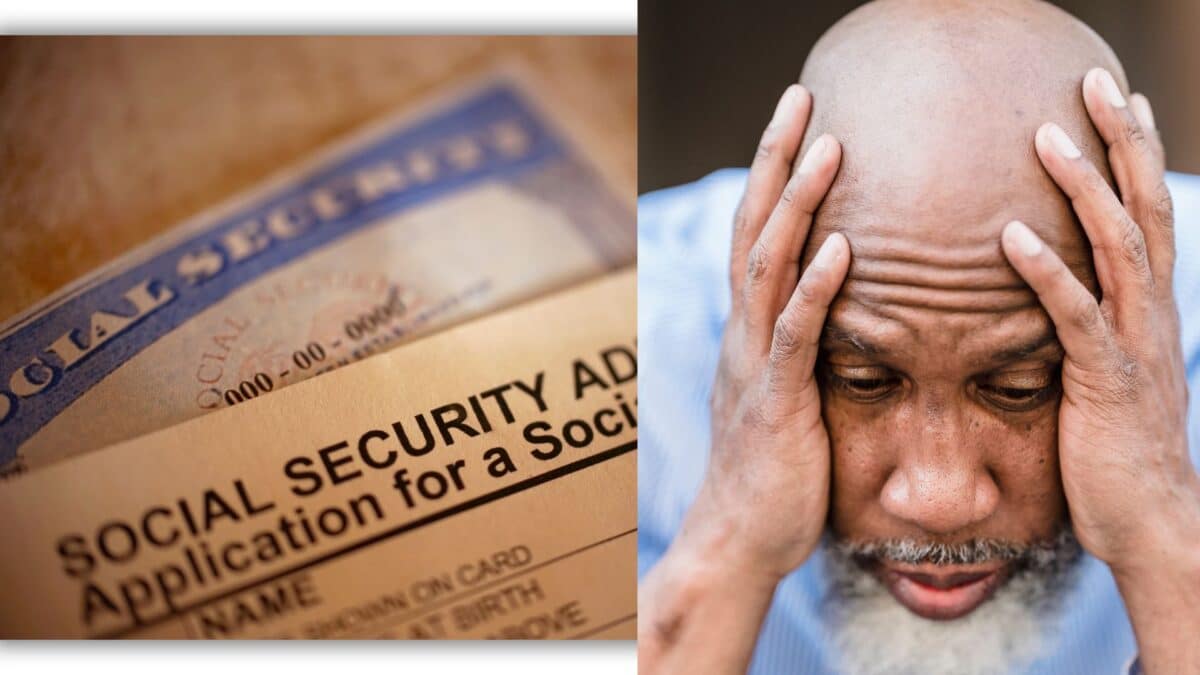A growing number of older Americans are expressing concerns about the future of Social Security. According to a recent survey, nearly half of older Democrats are now “not very” or “not at all” confident that Social Security will be there for them. This is a significant shift from just a year ago, when only 10% of Democrats felt that way.
The increase in concern aligns with changes in political leadership and growing uncertainty around the program’s sustainability. In contrast, older Republicans are feeling more secure, with about six in 10 expressing confidence in the program’s future, a marked improvement from just one-quarter in 2023.
Despite this divide, the overall level of trust in Social Security remains relatively low among younger adults as well. Nearly half of Americans under 30 share the concern that the program may not be available when they retire.
This uncertainty is not limited to one political party but affects a broad spectrum of Americans, highlighting the need for reform and action to ensure long-term sustainability.
The Social Security Trust Fund’s Strain
The future of Social Security is in jeopardy without policy changes. According to the 2024 Social Security and Medicare trustees report, the program will only be able to pay 83% of its promised benefits by 2035 unless significant changes are made.
This potential shortfall has sparked concern among both current beneficiaries and future retirees, with many fearing that cuts to their benefits will significantly impact their financial well-being.
Timothy Black, a 52-year-old Democrat from San Diego, expressed his worry about the long-term impact of Social Security cuts on both his retirement and disability payments. Black relies on Social Security Disability Insurance (SSDI) to manage his chronic illness, and without adequate adjustments for inflation, his medical expenses could grow, putting his financial stability at risk.
Political Influence on Social Security’s Future
The political divide is evident in the differing levels of confidence between Democrats and Republicans. Older Democrats, under the leadership of President Joe Biden, have become increasingly skeptical about the program’s future. However, Republicans, especially those who supported Donald Trump’s administration, appear more confident.
Under Trump’s presidency, the Social Security Administration (SSA) faced restructuring efforts aimed at cutting jobs and reducing services, which added to the uncertainty. While these changes have been reversed, the fact remains that without policy reform, Social Security may not be able to meet its obligations in the years to come.
Linda Seck, a 78-year-old Republican retiree from Saline Township, Michigan, shared her perspective, saying that she is confident the program will continue. “When I was in college, financial planners were telling us not to depend on Social Security,” Seck said. “But here we are more than 50 years later, and it’s still going.”
Her belief in Social Security’s endurance contrasts sharply with the rising doubts among older Democrats, illustrating the impact of political affiliation on perceptions of the program’s future.
Preparing for a Secure Retirement
Regardless of the uncertainty surrounding Social Security, experts emphasize the importance of preparing for retirement through other means. While it was never designed to be the sole source of income for retirees, it is still a vital component of many Americans’ financial plans.
To ensure financial security, individuals are encouraged to diversify their retirement savings, such as by contributing to 401(k) accounts or individual retirement accounts (IRAs). These options allow individuals to save for retirement in a tax-advantaged way, helping them build a stronger financial foundation.
For those worried about Social Security’s future, additional strategies like side gigs or part-time work can provide supplementary income. However, if you are collecting Social Security before reaching full retirement age, it’s essential to consider the earnings limit, which for 2025 is \$23,400.
Exploring passive income streams, such as renting out a basement or taking on a roommate, can also be a way to increase retirement savings and build more security for the future.









